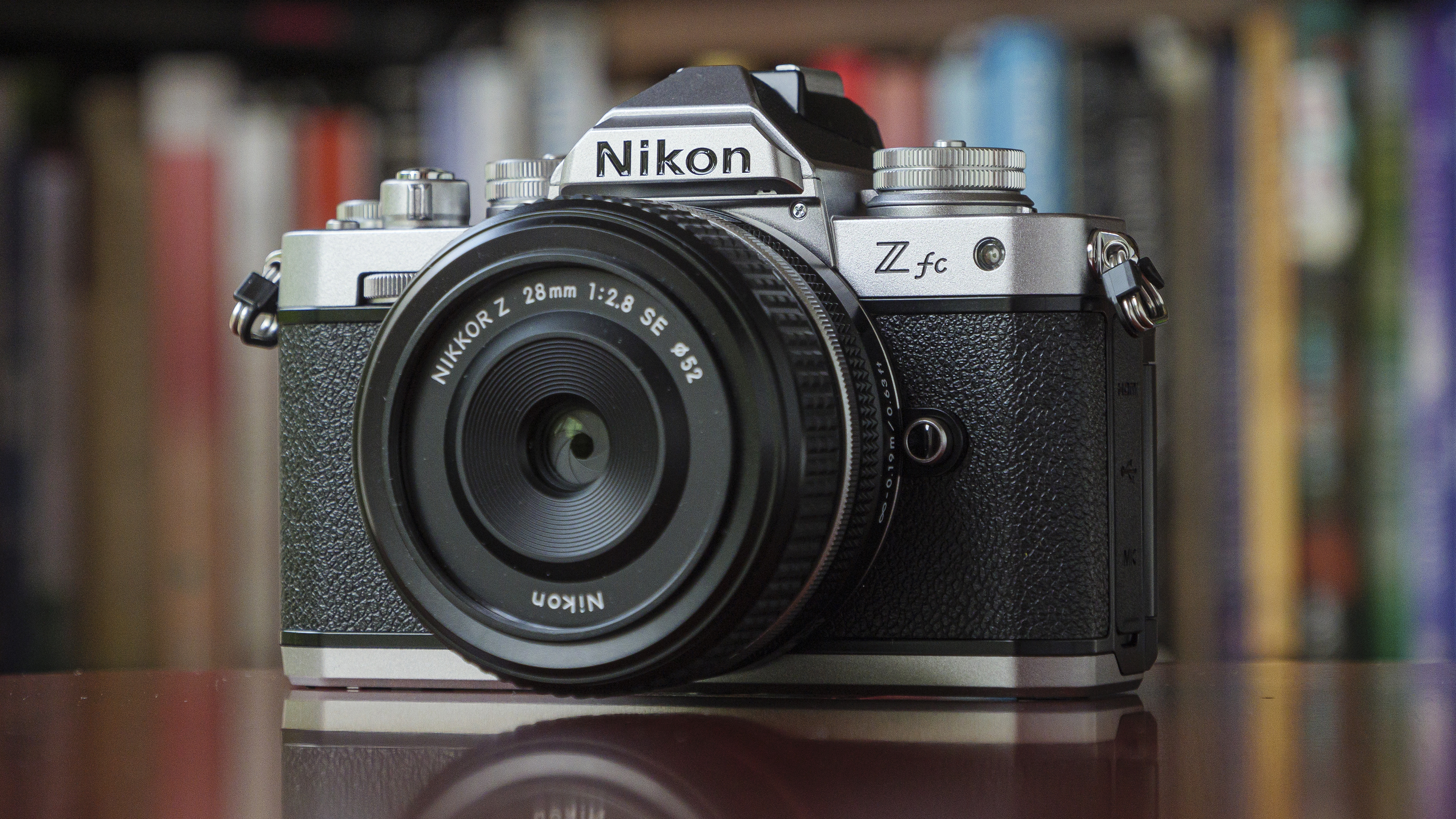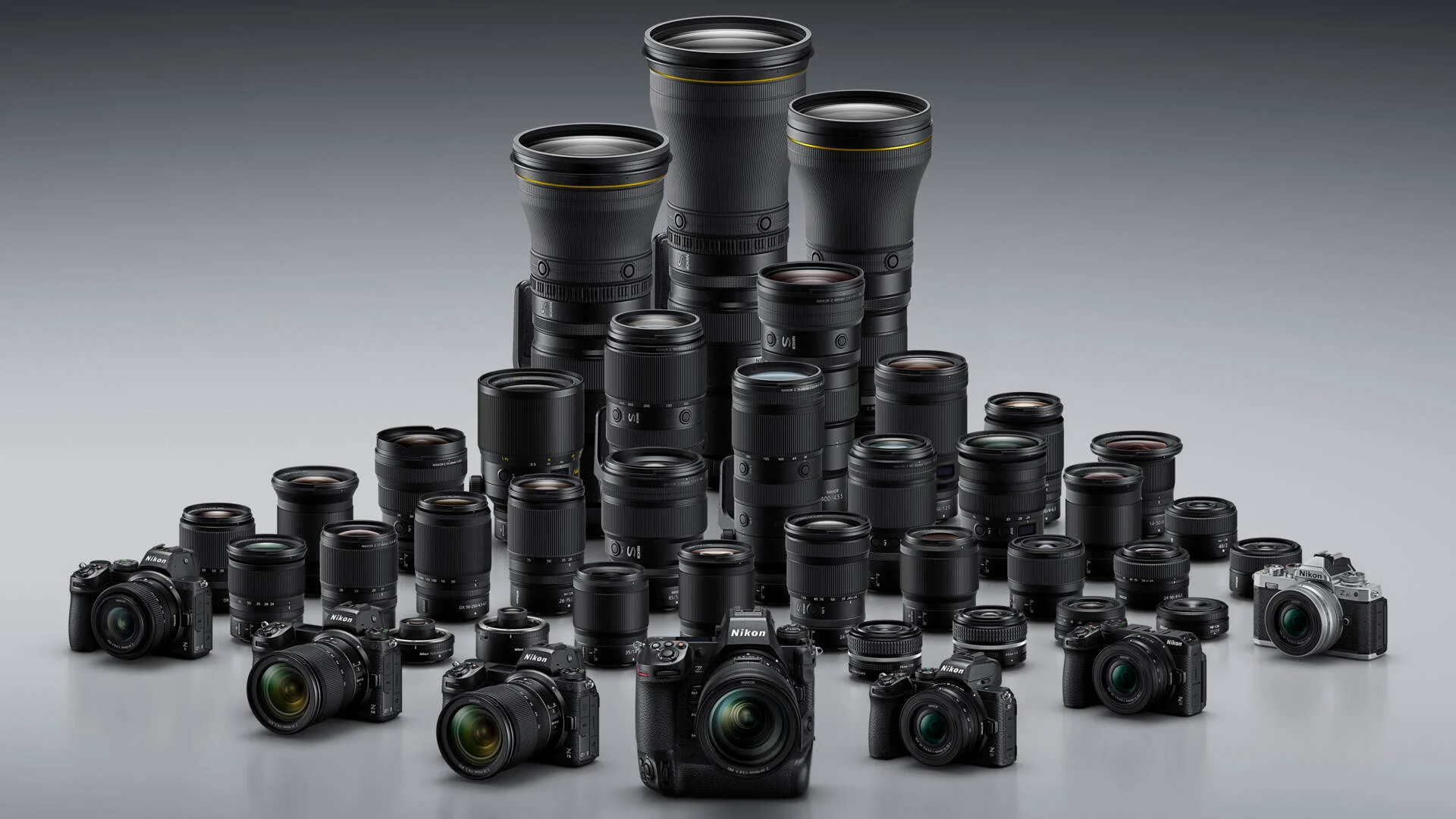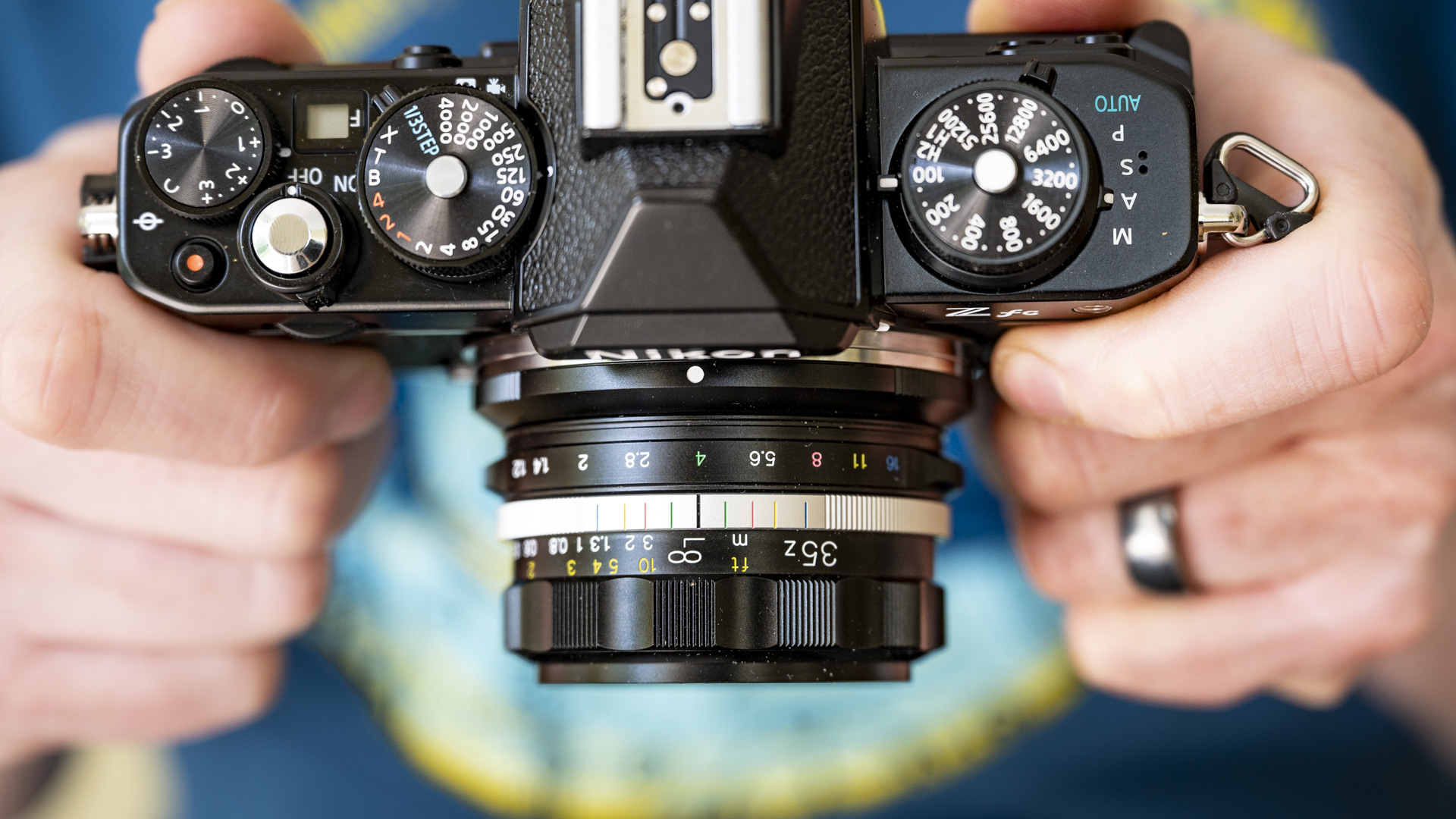Retro cameras are so overhyped – here are three reasons why full-size mirrorless models are the better choice
Camera design evolved for the better, so why take a backwards retro step?

Retro cameras such as the Nikon Z fc and new Fujifilm X-T50 are all the rage, but should they be? They sure do look the part, but I'm here to say there's a better alternative: full-size mirrorless models.
The stark contrast between the two types of camera design hit me recently when I was at Photo London, where all of the latest and greatest Nikon cameras were on display given Nikon sponsors the event, including the Nikon Zf, Nikon Z8 and Nikon Z6 II.
The Zf was drawing the most attention from gallery goers – it, like many other retro models, catches the eye, while the highly capable Z8 and Z6 II stood by in the shadows. I picked up each of Nikon's cameras in turn and what immediately struck me was just how awkward the Zf was to handle versus the full-size Z8 and Z6 II.
The experience got me thinking: would I be willing to sacrifice outright functionality for the looks? If you've been sucked in by the retro craze, you first need to know three things about these old-school models.

1. Their handling is inferior
I've been around cameras long enough to appreciate 2024's retro wave. The popular Nikon Zf and Z fc are directly inspired by the design of 1982's Nikon FM2 SLR camera, but come packed with today's tech. Gorgeous stuff. Fujifilm's business has thrived making retro cameras, too, the latest model being the X-T50. However, camera design has evolved for the better since the good ol' analog SLR days.
If you want to actually use your camera rather than just look at it, a full-size mirrorless model will give you the slickest experience. That's because full-size cameras, like the Nikon Z6 II, have a proper grip for a secure and comfortable hold over extended use. They offer you exposure controls at your fingertips through control dials – you barely needed to move your hands to make adjustments.
Retro cameras usually lack a grip. Their exposure dials sit pretty, but the process of making changes using those dials is fiddlier. You might desire that slow experience, but the simple matter is that retro cameras prioritize looks over function.

2. Their lenses are limited
Most brands that make retro cameras haven't yet created enough lenses that truly match the aesthetic. That's part of the reason why I've currently resorted to reviewing barely-known third-party lenses with the Nikon Z fc.
None of Nikon's mirrorless lenses even feature an aperture dial, so you must resort to adapting old analog lenses to mirrorless for the authentic experience and make do with old-school image quality.
There's more than skin-deep matters, too. With no grip to speak of, you can forget about pairing a retro camera with a big lens – the balance is completely off.
Retro cameras are best kept to small lenses for specific genres of photography: street, reportage, portraiture. For example, something like a 35mm f/2.8. Forget about using retro gear to photograph distant wildlife.
If you must go retro, I think the fixed-lens Fujifilm X100-series of compact cameras hits the mark, the latest model being the excellent X100VI. No faffing around with ill-fitting lenses that are an aesthetic mismatch – the X100-series sticks to the sweet spot, being an all-in-one optimized package, unlike interchangeable lens retro cameras like Fujifilm's own X-T50 or Nikon Z fc.

3. They're expensive
Camera brands are cashing in on the retro trend. Retro cameras are expensive by comparison to similarly equipped full-size cameras. If you want the old-school looks, you'll be paying tomorrow's prices.
For most people it's a head versus heart decision, assuming you love the retro camera look in the first place. Retro can put a smile on your face, and the feeling you get with a camera will impact how much you use it, but for me the appeal is usually fleeting, plus retro hits the wallet harder.
If I'm going to use a camera for a proper shoot, it'll be a full-size one. If I want the slickest handling, a full-size camera delivers. If I want a no-limits camera whatever I'm photographing, full-size is the way. If I want a long-time creative tool, and the best bang for buck, you guessed it – a full-size camera is my choice.
Retro might satisfy your lustful desires, but full-size cameras are the ones to settle down with.
You might also like
Get daily insight, inspiration and deals in your inbox
Sign up for breaking news, reviews, opinion, top tech deals, and more.

Tim is the Cameras editor at TechRadar. He has enjoyed more than 15 years in the photo video industry with most of those in the world of tech journalism. During his time as Deputy Technical Editor with Amateur Photographer, as a freelancer and consequently editor at Tech Radar, Tim has developed a deeply technical knowledge and practical experience with cameras, educating others through news, reviews and features. He’s also worked in video production for Studio 44 with clients including Canon, and volunteers his spare time to consult a non-profit, diverse stories team based in Nairobi. Tim is curious, a keen creative, avid footballer and runner, and moderate flat white drinker who has lived in Kenya and believes we have much to enjoy and learn from each other.